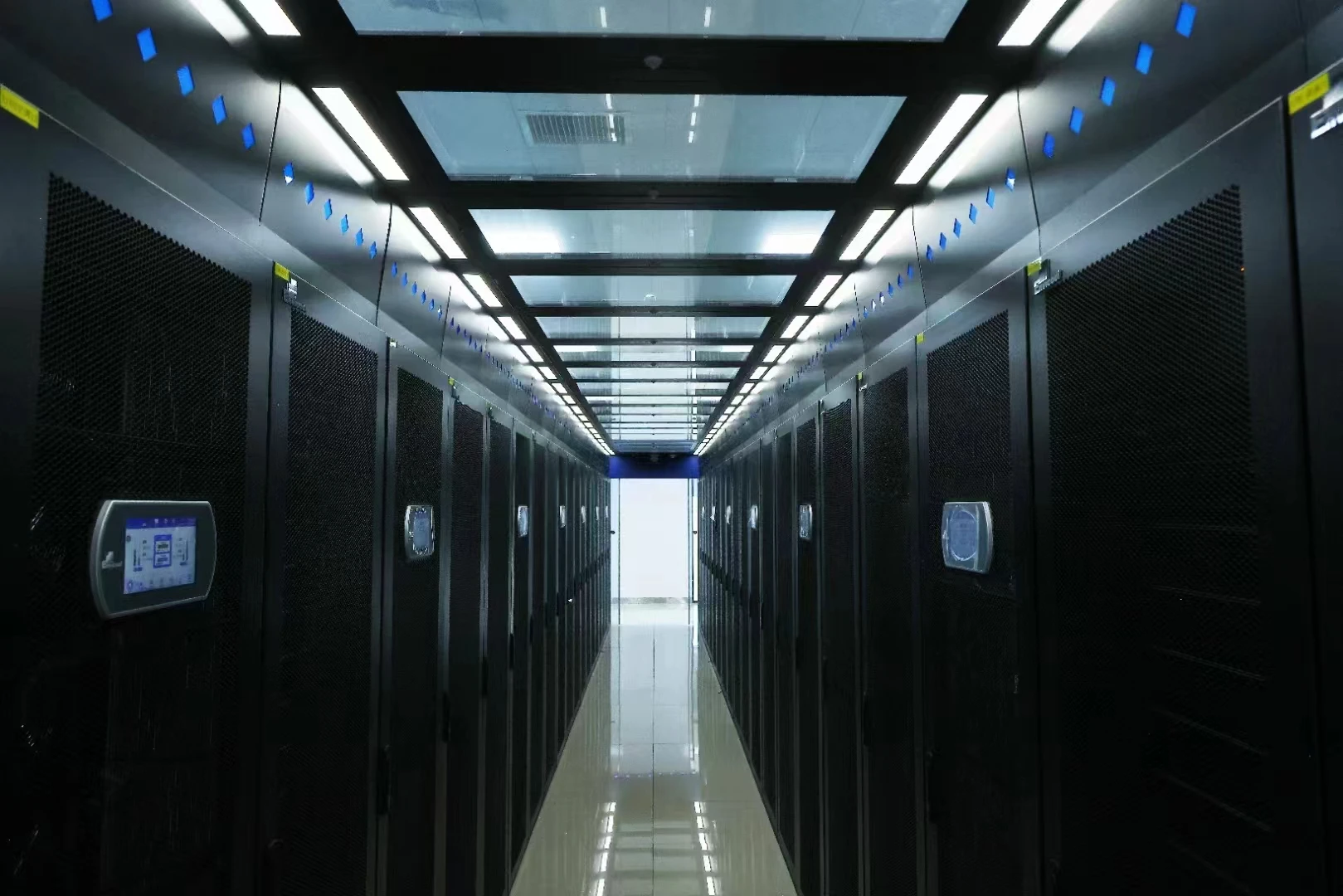
Nov . 20, 2024 12:12 Back to list
high quality energy storage europe
High-Quality Energy Storage in Europe A Vital Component for a Sustainable Future
As the world transitions towards renewable energy sources, the importance of high-quality energy storage systems has become increasingly evident. In Europe, where there is a significant push towards reducing carbon emissions and relying on renewable energy, the development and implementation of advanced energy storage solutions are crucial. These systems not only enhance the reliability of electricity supply but also facilitate the integration of variable renewable energy sources like wind and solar power.
Europe has set ambitious targets for energy transition, aiming to become the first climate-neutral continent by 2050. Achieving this goal requires substantial investments in renewable energy infrastructure alongside robust energy storage capabilities. High-quality energy storage can help balance supply and demand, store excess energy produced during peak generation times, and release it during periods of high demand or low generation. This flexibility is essential as it mitigates the intermittent nature of renewable energy sources.
High-Quality Energy Storage in Europe A Vital Component for a Sustainable Future
In contrast, pumped hydro storage— one of the oldest and most widely used large-scale storage technologies— involves pumping water to a higher elevation during low-demand periods and releasing it to generate electricity during peak demand. While effective, its geographical constraints limit its applicability in densely populated areas. Therefore, there is a need for innovative solutions that complement traditional storage methods.
high quality energy storage europe

Emerging energy storage technologies, such as flow batteries and solid-state batteries, promise to offer safer and more sustainable options. Flow batteries, which use liquid electrolytes to store energy, provide scalability and a longer lifespan compared to conventional batteries. Similarly, solid-state batteries, which replace liquid electrolytes with solid materials, hold great potential for higher energy densities and enhanced safety profiles. Researchers and companies across Europe are investing in these technologies to improve their efficiency and cost-effectiveness.
The European Union has recognized the significance of energy storage in achieving its climate goals. Initiatives like the European Battery Alliance aim to create a competitive manufacturing value chain in Europe, from raw materials to recycling. This proactive approach is designed to strengthen European autonomy in energy storage technology and reduce dependence on imports.
Additionally, financial support and regulatory frameworks from the EU and national governments are catalyzing the deployment of energy storage systems. Programs encouraging research and innovation, coupled with incentives for renewable energy projects, are paving the way for a greener and more resilient energy landscape. The integration of energy storage solutions within smart grids also enhances energy efficiency and reliability, ensuring that energy is readily available where and when it is needed.
Public awareness and acceptance of energy storage technologies are also crucial for their successful implementation. Education and outreach efforts are needed to inform communities about the benefits of energy storage systems, such as grid stability, reduced energy costs, and decreased reliance on fossil fuels.
In conclusion, high-quality energy storage is not just a complement to renewable energy; it is a vital infrastructure component essential for achieving Europe’s climate goals and ensuring energy security. As innovations continue to emerge, supported by collaborative efforts among governments, businesses, and researchers, Europe is well-positioned to lead the world in sustainable energy storage solutions. Embracing these technologies will not only enhance the efficiency of renewable energy systems but also pave the way for a cleaner and more sustainable future for generations to come.
-
High-Performance Energy Storage Systems | OEM & ESS Solutions
NewsAug.26,2025
-
Next-Gen Energy Management System: Save Energy & Costs
NewsAug.25,2025
-
Intelligent Energy Management: Optimize & Save Power Smartly
NewsAug.24,2025
-
Boost Efficiency with Smart EMS & Energy Management Systems
NewsAug.23,2025
-
Smart Energy Management System | Save Costs & Boost Efficiency
NewsAug.22,2025
-
Advanced Energy Management Systems: Optimize & Save Costs
NewsAug.19,2025


